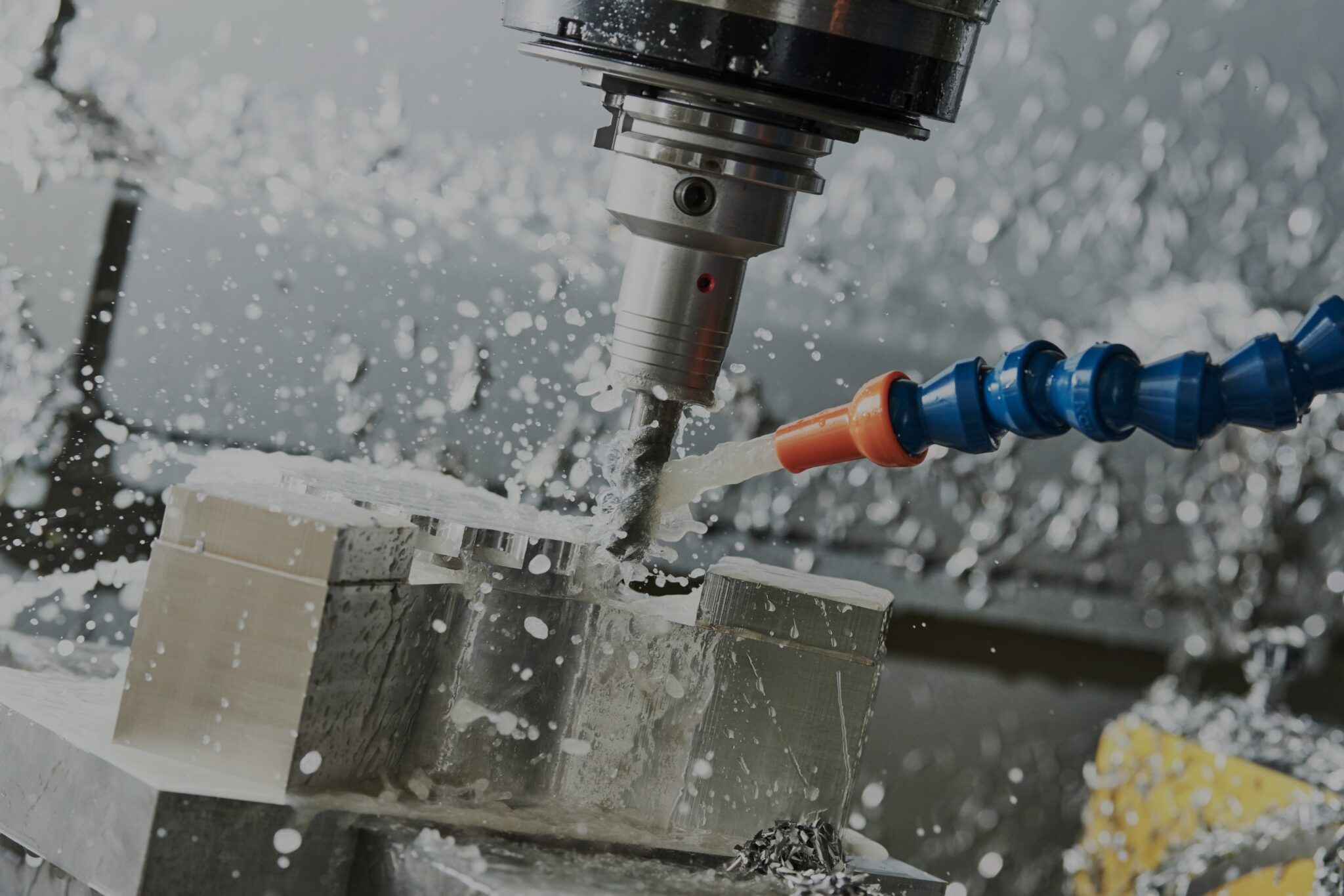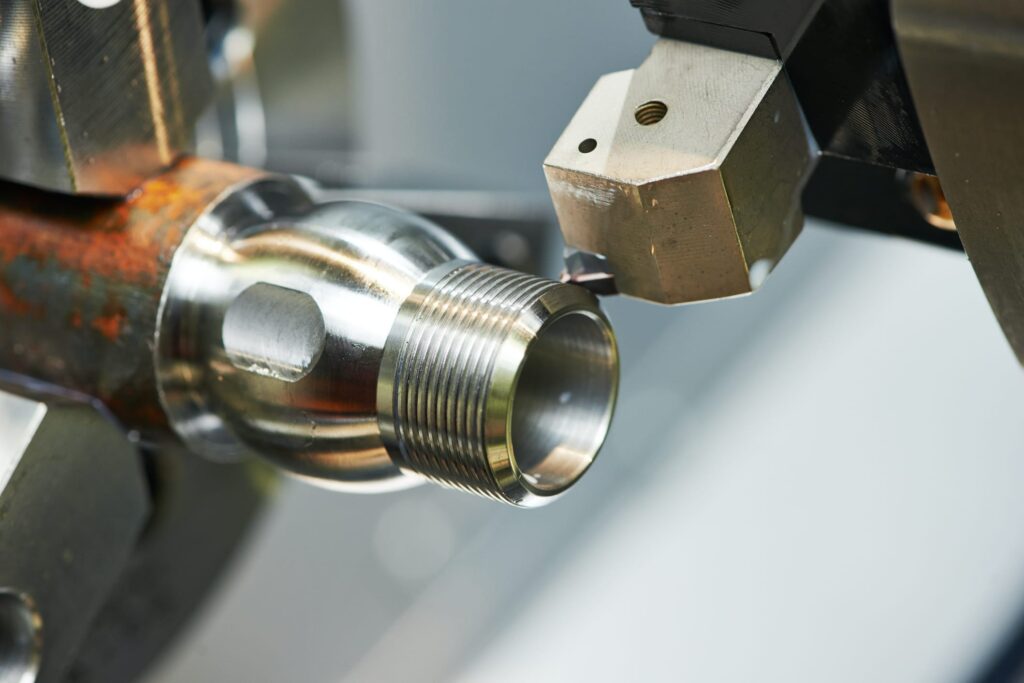

Originally published on fastradius.com on July 27, 2020
Though it’s one of the most consistent, precise, and flexible manufacturing methods available, CNC machining can be prohibitively expensive, discouraging some product teams from exploring the technology. However, understanding the factors that influence the cost of CNC machining can also help to drive down those costs, making the technology more accessible.
Generally speaking, machining time is the main driver of cost; the longer it takes to machine a part, the more expensive it will be. In addition to machining time, there are start-up costs related to design, process planning, and CAD file preparation. Product design teams must also consider material costs, which depend on the price of the material as well as the ease of using that material. Other costs may include special tooling, quality control, finishing, or additional processing steps, depending on the complexity of the part.
It can be challenging to reduce costs associated with CNC machining — but it’s far from impossible. Optimizing part designs for faster machinability can slash a number of costs. Here are some simple design tweaks that can lead to significant savings.


Custom threads are easy and affordable to create and use via 3D printing, but they’re more difficult — and more expensive — to make with CNC machining. To reduce costs, stick to standard thread depths and diameters.
Designing parts to align with standard stock sizes can go a long way in terms of cost-cutting. For example, when working on an aluminum plate that is specified as 0.53″ thick, the machine shop will be forced to select the next size up in thickness (in this case, probably 0.63″ or 0.75″ thick), and then mill off that extra thickness. If it’s possible to change the plate thickness to 0.49″ instead, then the shop can purchase a 0.50″ thick plate — which is not only less expensive than thicker versions, but also requires less machine time.
Machining deep cavities requires that a lot of material be removed, which can greatly increase both costs and material waste. Because CNC tools have limited cutting length, they are best-suited for cutting cavities 2 to 3 times their diameter. This should be considered when designing parts for CNC machining.
Generally speaking, thick, solid walls are less costly to machine — and more stable — than thinner walls. Avoiding fracture when machining a thin wall requires several careful passes, extending machining time and increasing expenses. Designers should favor metal walls thicker than .8 mm and plastic walls thicker than 1.5 mm.
Holes can be CNC machined quickly and affordably with standard drill bits, but for non-standard sizes, a custom tool will be required, increasing the cost. To minimize cost, use standard or off-the-shelf drill sizes when designing holes.
Defining tolerances raises the cost of CNC machining because it makes both machining and inspection more time-consuming. To save on costs, tolerances should be defined sparingly, and only when absolutely necessary. In addition, tighter tolerances contribute to increased set-up times and thus increased cost.
It’s wise to design parts that can be machined in as few setups as possible — preferably, just a single setup. Rotating or repositioning a part usually needs to be done manually, adding to the machining cost and slowing the manufacturing process. Complex geometries may even require a multi-axis CNC system, which can further increase the cost.
Engraving text during the machining process can result in an aesthetically pleasing product, but it’s also time-consuming and costly. A ball end mill or engraving tool is used to trace text on the model for an impressive result, but to save on time and price, opt for surface finishing methods such as silk screening or painting instead.
Because the startup expenses of CNC machining tend to be quite high, they represent a large percentage of the final cost of any project. As such, larger production runs generally reduce the price-per-unit.
CNC machining can be used to consistently create products of almost any shape with great accuracy, precision, and speed, with minimal labor requirements. However, even with design-optimized parts, the process can be costly, especially without the advisory of a trusted manufacturing partner.
At SyBridge, it’s our goal to help customers achieve excellent results at a price they can afford, and our team of skillful engineers and designers work with every customer to deliver unmatched support during every stage of the production lifecycle. We hold ourselves to exceptionally high standards, guaranteeing that every customer is satisfied with the quality, cost, and production time of their parts. Contact us today if you’re ready to get started on an order.
Forget typical cycle times. We're pushing the boundaries of conformal cooling. While traditional approaches deliver…
Forget typical cycle times. We're pushing the boundaries of conformal cooling. While traditional approaches deliver…
From left to right: Brayden Janak (apprentice); Logan Vifaquain (CNC machining, Programming and CMM); Ron…
SyBridge Technologies is proud to announce we have been awarded the 2023 General Motors Supplier…
Today, designers and engineers are accustomed to working with digital tools in their day-to-day jobs.…
Optimizing Your Injection Molding Process for Cost-Effective Manufacturing Excellence In today’s competitive landscape, manufacturers are…